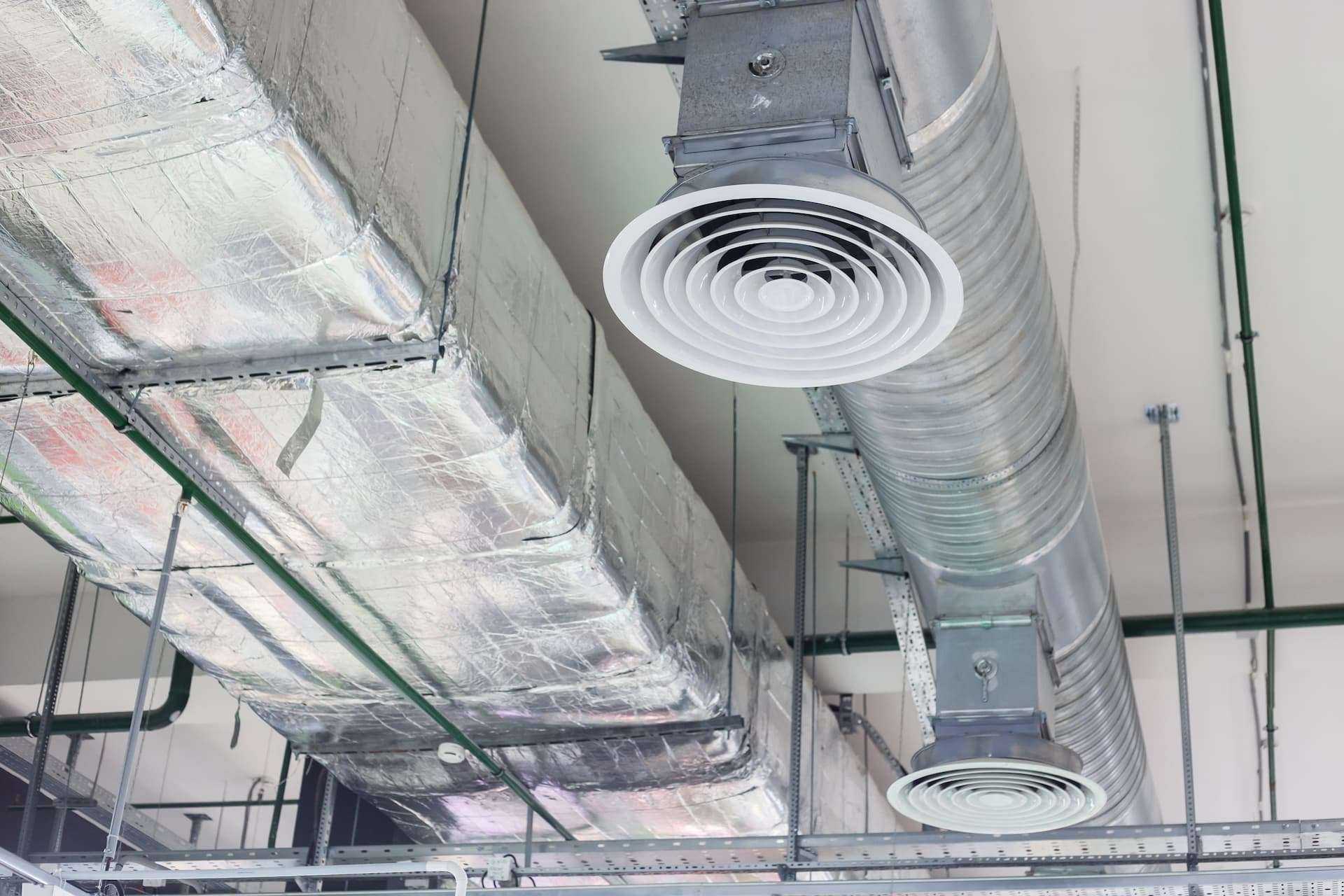Proper ventilation is a cornerstone of healthy indoor environments, ensuring that occupants enjoy fresh air while mitigating pollutants and moisture buildup. Despite its significance, ventilation often doesn't receive the attention it deserves during building design and maintenance. This oversight can lead to compromised air quality and associated health issues. Regular ventilation testing emerges as a vital practice to uphold indoor air standards and promote occupant well-being.
Understanding Ventilation Testing
Ventilation testing involves assessing a building's airflow systems to verify they meet specific performance criteria. This process ensures that ventilation units supply adequate fresh air, remove stale air efficiently, and operate within designated parameters. By conducting these tests, building owners and managers can identify and rectify issues such as inadequate airflow, system imbalances, or malfunctioning components.
The Necessity of Ventilation Testing
1. Health and Well-being
Poor ventilation can lead to the accumulation of indoor pollutants, including volatile organic compounds (VOCs), mold spores, and carbon dioxide. These contaminants can cause respiratory problems, allergies, and other health issues. Regular testing ensures that ventilation systems effectively remove these pollutants, maintaining a healthy indoor environment.
2. Regulatory Compliance
Building regulations, such as the UK's Part F, set standards for ventilation to ensure occupant safety and comfort. Compliance with these standards is mandatory, and regular testing is the method by which adherence is verified. Non-compliance can result in legal ramifications and increased liability for building owners.
3. Energy Efficiency
Efficient ventilation systems contribute to a building's overall energy performance. Systems that are not functioning optimally may consume more energy, leading to higher operational costs. Testing helps in identifying inefficiencies, allowing for adjustments that can reduce energy consumption and associated expenses.
4. Occupant Comfort
Proper airflow contributes significantly to thermal comfort and odour control within a building. Inadequate ventilation can lead to stuffy environments and uneven temperature distribution, affecting occupant satisfaction and productivity. Regular testing ensures that systems provide consistent and adequate airflow, enhancing overall comfort.
The Testing Process
Ventilation testing typically involves several key steps:
Visual Inspection: Assessing the physical condition of ventilation components to identify visible defects or obstructions.
Airflow Measurements: Using specialized instruments to measure the volume of air moving through the system, ensuring it meets design specifications.
System Balancing: Adjusting dampers and controls to ensure even distribution of air across all areas of the building.
Performance Verification: Comparing test results against regulatory standards and design intentions to confirm compliance.
Choosing a Qualified Testing Provider
Engaging a competent and accredited testing provider is crucial for accurate assessments. UK Building Compliance, for example, offers comprehensive ventilation testing services in line with Part F of the building regulations. Their team of experts ensures that systems are thoroughly evaluated, providing detailed reports and recommendations for any necessary corrective actions.
To learn more about professional ventilation testing services, visit UK Building Compliance.
Conclusion
Ventilation testing is an essential practice for maintaining healthy, comfortable, and energy-efficient indoor environments. By ensuring that ventilation systems operate effectively and comply with regulatory standards, building owners can safeguard occupant health, enhance comfort, and optimize operational costs. Regular testing not only fulfills legal obligations but also demonstrates a commitment to providing high-quality indoor spaces.
Investing in regular ventilation testing is a proactive step toward creating sustainable and livable buildings that prioritize the well-being of their occupants.

